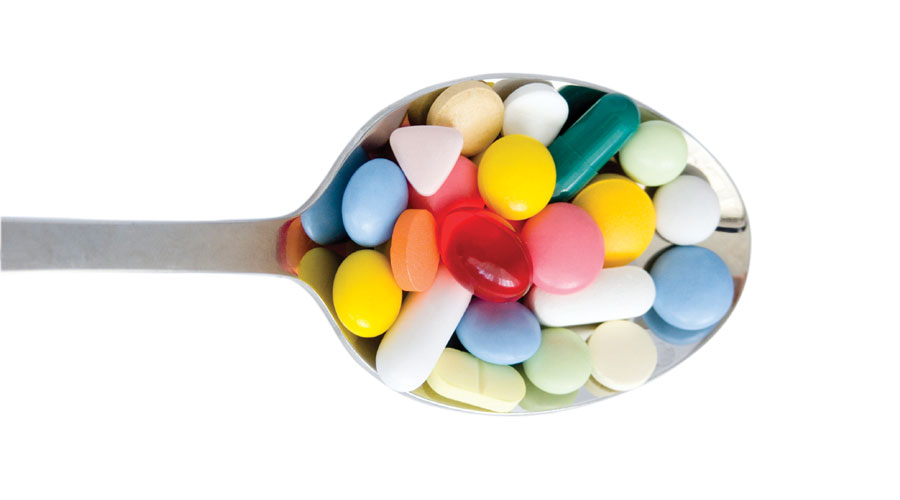When patients don’t take their medications they potentially compromise their health, and they cause your business unnecessary waste and expense if they don’t pick up their refills. Many reasons lead patients to skip their medications—lack of money, confusion, negative side effects—but could one of the reasons be the color of their pills?
Pill color matters
A study published in JAMA Internal Medicine says yes. As you know, the FDA requires generic medications to be bioequivalent to the brand name, but the FDA’s rules do not require the generic to mimic the brand’s color or shape. When patients’ medications switch from a brand to a generic or between generic versions, it’s possible for the color of their medications to switch also. According to the study, patients’ uncertainty about whether they’re taking the right medication because of a change in pill color may lead them to not take the medicine at all.
The study looked at a national database of medical claims from 2001 to 2006 to compare patients who refilled their seizure medications on time to those who did not. This information included 61,000 patients who were taking one of eight drugs. Those drugs were offered in 37 colors and four shapes. The drugs included in the study were carbamazepine, carbamazepine extended-release, ethosuximide, lamotrigine, phenytoin sodium, valproic acid, gabapentin and zonisamide. Among the different drugs, color variation ranged from none (all valproic acid pills were orange) to extensive (ethosuximide came in 19 different color possibilities).
The researchers found that pill color change made a difference between the number of patients who refilled their prescriptions and those who did not. The study noted that of the 11,472 patients who didn’t fill their prescriptions within five days of running out of their previous prescription, 1.2 percent had their drugs change color. Of the 50,050 matched control patients who refilled their prescriptions, 0.97 percent had a color switch.
What it means for patients
Those numbers may seem small, but the results are important. “If they are taking nine medicines, they get at least 36 ‘opportunities’ a year to experience a color change,” wrote Dr. Kenneth Covinsky, associate editor of JAMA Internal Medicine, in a note accompanying the study. “This seemingly small risk then starts to appear very substantial.”
If you’ve ever had a patient say that only the ‘green ones’ work for him, you know that patients can associate the appearance of a pill with its effectiveness. For this reason and also to reduce confusion if a patient is taking multiple medications, the study’s authors support a reconsideration of current regulatory policy that permits wide variation in the appearance of bioequivalent drugs.












